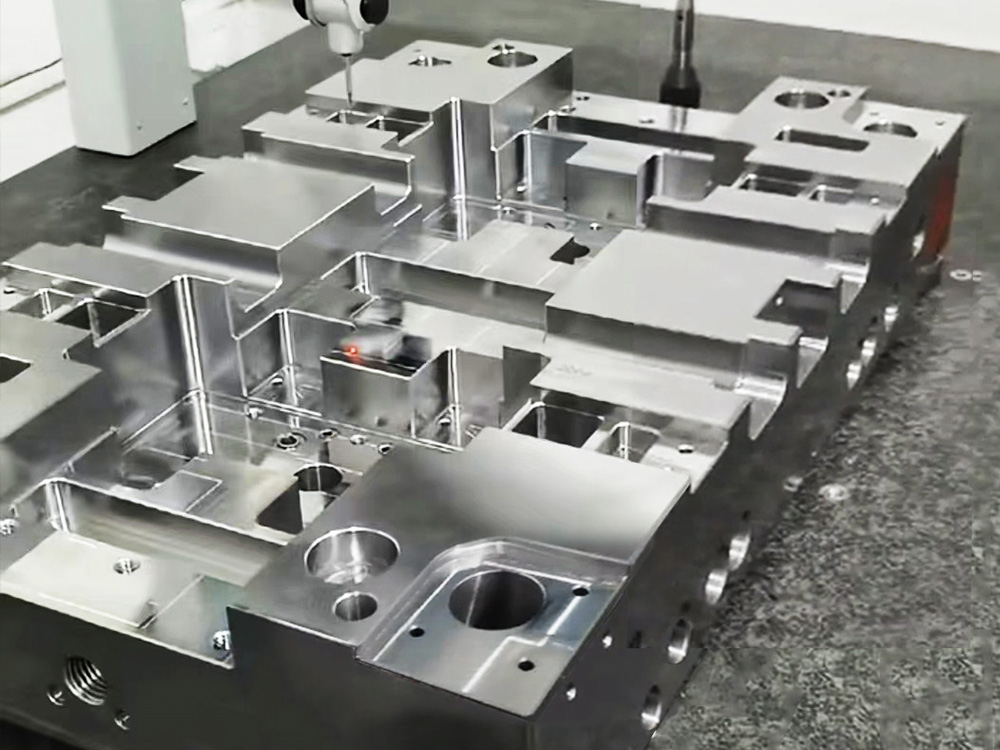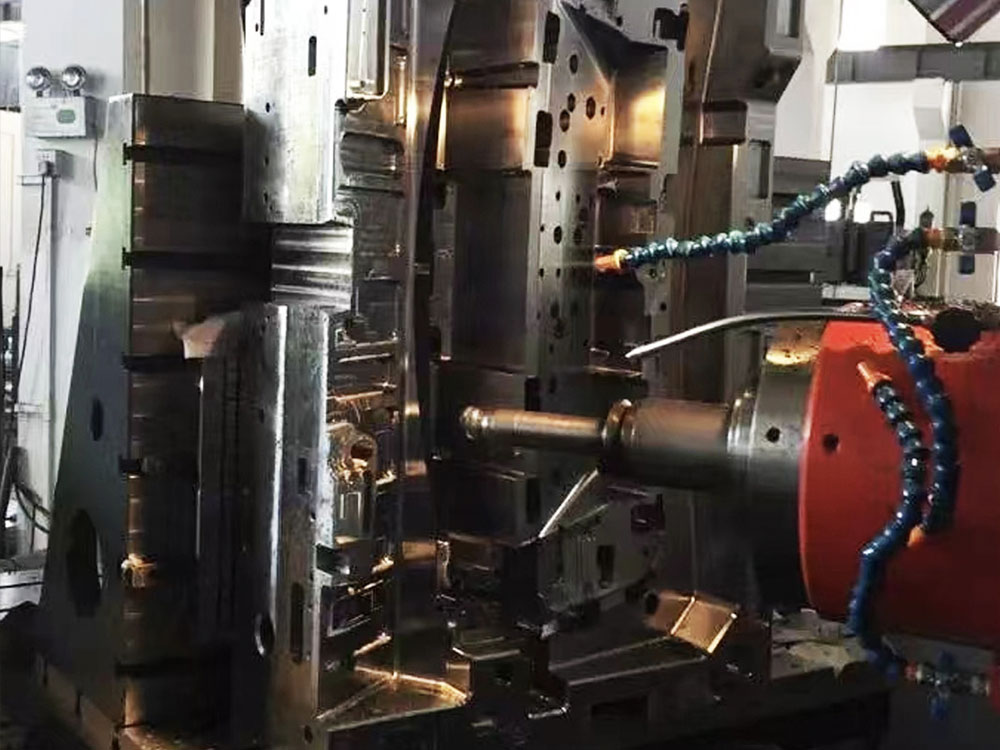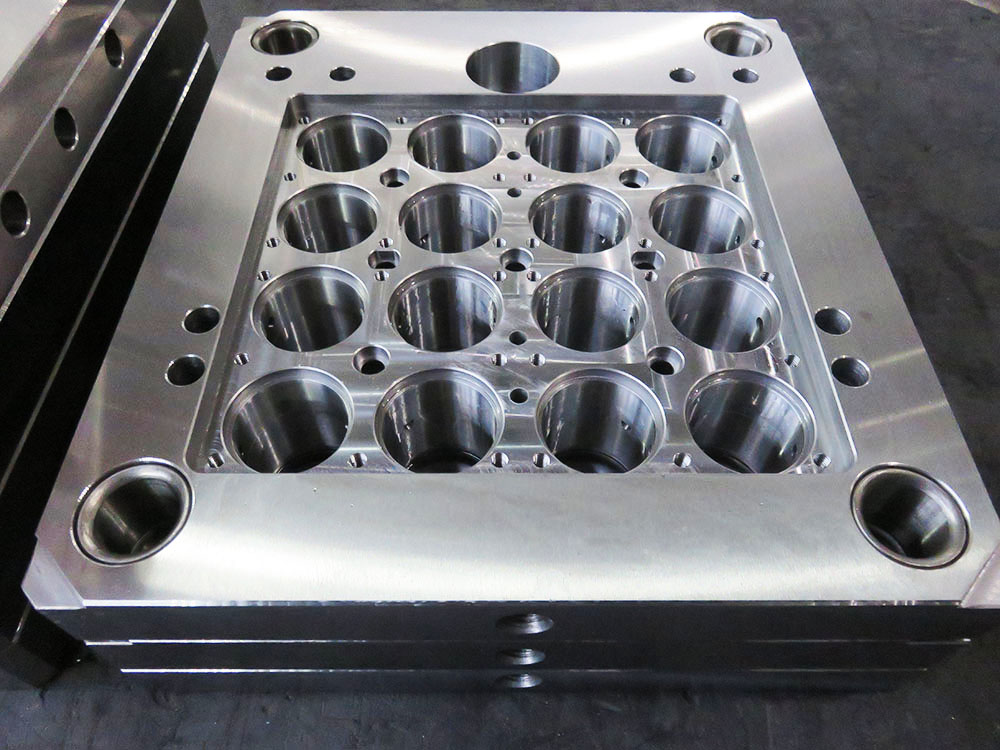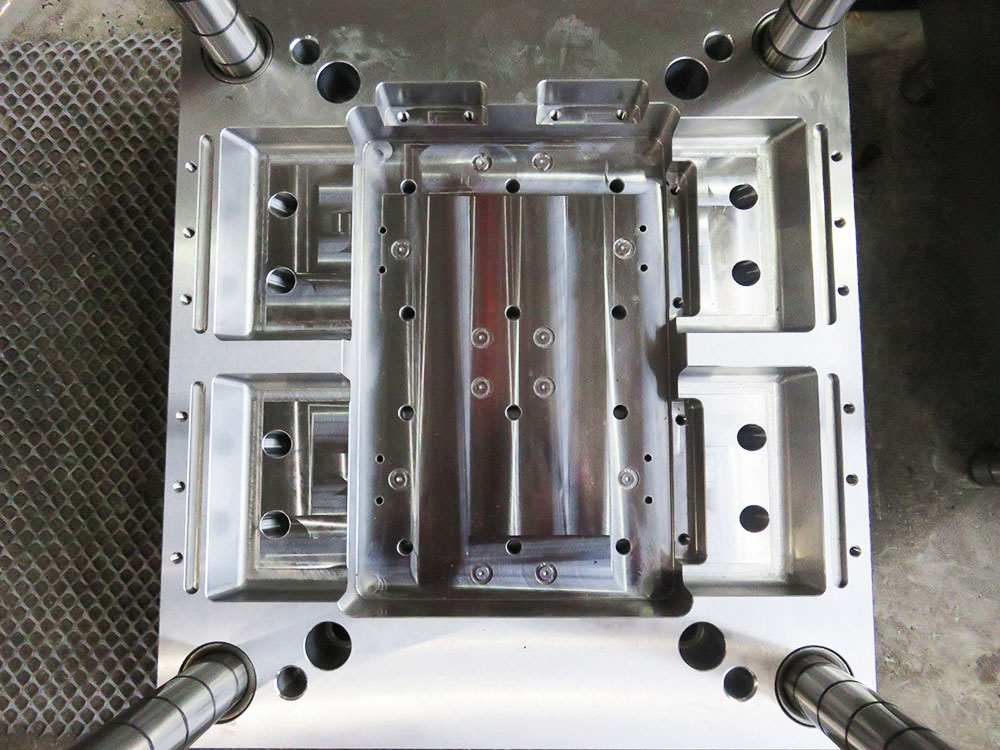Adjusting the Angle of a Powder Metallurgy Mold Rack: Guidelines
In the mold base industry, the proper adjustment of the angle of a powder metallurgy mold rack is crucial for maintaining the quality and efficiency of the manufacturing process. This article provides guidelines on how to adjust the angle of a mold rack to ensure optimal performance.
1. Understand the Purpose of Adjusting the Angle
The angle of a powder metallurgy mold rack affects various aspects of the production process, including the flow of the metal powder, the formation of the green compact, and the final density of the sintered product. By adjusting the angle, you can control these parameters and optimize the overall quality of the finished parts.
2. Evaluate the Current Angle
Before making any adjustments, it is essential to evaluate the current angle of the mold rack. Use precision measuring tools to determine the exact angle and compare it with the desired specifications. This evaluation will serve as a baseline for any necessary modifications.
3. Consult the Design Guidelines
Each powder metallurgy mold rack has specific design guidelines provided by the manufacturer. Study these guidelines carefully to understand the recommended angle ranges and any limitations for adjustment. Adhering to the manufacturer's recommendations is crucial for maintaining the reliability and integrity of the mold rack.
4. Consider Materials and Powders
Different materials and powders used in the powder metallurgy process may require specific angles for optimal performance. Research the properties of the materials and powders being used and consult industry standards or expert opinions to determine the ideal angle range for your specific application.
5. Make Incremental Adjustments
When adjusting the angle, it is advisable to make incremental changes rather than significant modifications. This approach allows for careful monitoring and assessment of the impact of each adjustment. Gradual changes also minimize the risk of sudden shifts that could disrupt the production process.
6. Observe Metal Flow and Green Compaction
As you make adjustments to the angle, closely observe the flow of the metal powder within the mold rack. Ensure that the angle promotes uniform distribution and avoids any clogging or uneven compaction. Regularly inspect the green compacts for any signs of defects or inconsistencies that may indicate an improper angle setting.
7. Conduct Test Runs and Analyze Results
Once you have made adjustments to the angle, conduct test runs to assess the impact on the final product. Systematically measure and analyze the density, dimensional accuracy, and other relevant quality parameters. Compare the results with the desired specifications and adjust the angle further if necessary.
8. Document the Adjustments
It is vital to maintain accurate records of the adjustments made to the angle of the mold rack. Document the initial angle, the modifications, and the corresponding test results. This documentation will serve as a valuable reference for future troubleshooting, optimization, or replication of the process.
Conclusion
Adjusting the angle of a powder metallurgy mold rack is a critical task in the mold base industry. By following these guidelines, you can ensure that the angle is set optimally to achieve high-quality, efficient production. Remember to consult design guidelines, consider materials and powders, make incremental adjustments, closely observe metal flow and green compaction, and document the entire process for future reference. With proper angle adjustment, you can enhance the overall performance and success of your powder metallurgy manufacturing process.




